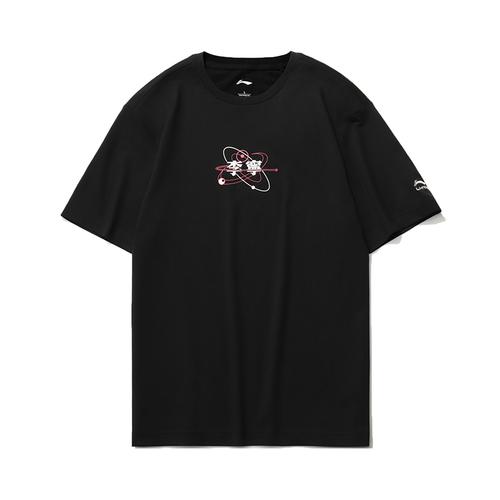The fabrics have rich stories behind them, both about their origins and how they are made. Here is some information to gain an in-depth understanding of the origin and production process of fabrics:
1. Source of fabric:
– Natural fibers: Natural fibers Fabrics are natural materials from plants or animals. For example, cotton, linen fiber, silk and wool are common natural fiber fabrics. These materials are made into fabrics through collection, processing, weaving and other steps.
– Synthetic fibers: Synthetic fiber fabrics are made through chemical synthesis or transformation of natural substances. Polyester fiber, nylon, acrylic fiber, etc. are all synthetic fiber fabrics. Synthetic fibers are usually made from polymer particles through heating, stretching, spinning and other processes, and then fabrics are made through textile processes.
2. Fabric production process:
– Collection and processing: The collection and processing of natural fibers is the first step in making fabrics. For example, cotton needs to be processed by a cotton fiber flowering machine to peel off cotton seeds, and then the cotton fibers are bleached, cleaned, etc., and finally formed into cotton yarn.
– Textile: Textile is the process of converting fibers into thread and cloth. Through processing and spinning machinery, the fibers are stretched, twisted or crossed into yarns, which are then drawn into, weaved and other processes to form fabrics.
– Dyeing and printing: Dyeing and printing are to give the fabric color and pattern design. Dyeing can be done with chemical dyes or natural dyes, while printing involves printing pigments onto fabric to create a pattern or pattern.
– Finishing: Finishing includes a variety of processing processes, such as heat setting, anti-wrinkle treatment, gloss adjustment, flame retardant treatment, etc. These processes give the fabric the desired properties and characteristics.
The above are the general steps of the fabric source and production process. Different types of fabrics may have some special processes. Understanding the stories behind fabrics can increase our understanding and appreciation of how garments are made.







